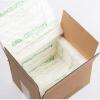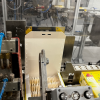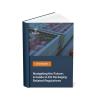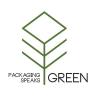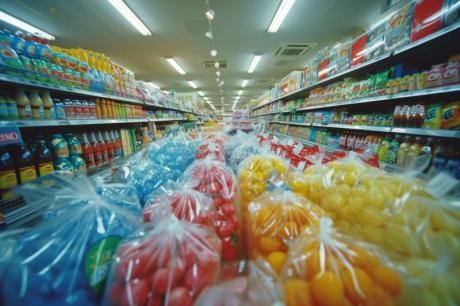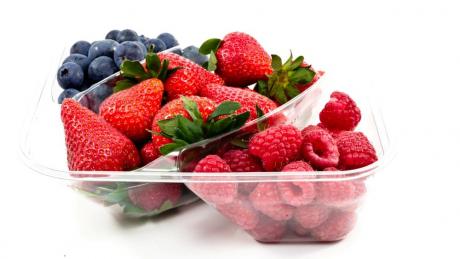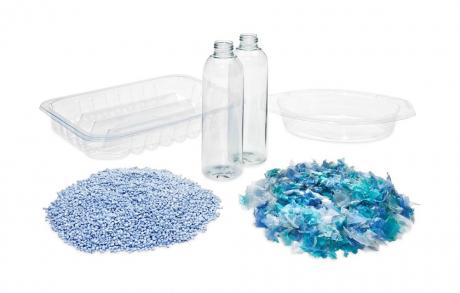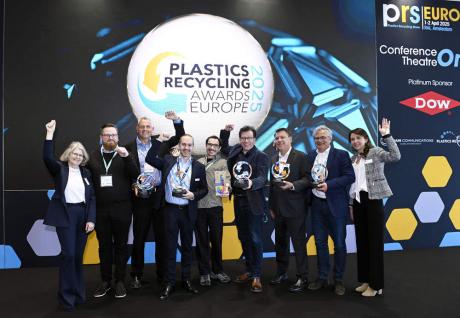Immagine di Freepik
When it comes to recycling, Italy is one of the most virtuous countries. In fact, according to the Sustainability Report published by Conai (the Italian consortium of packaging) last November, in 2021 the recycling and recovery of packaging materials generated 1.525 billion euro in environmental benefits. Conai President, Luca Ruini said:
Recycling saves not only raw materials, but also primary energy sources and CO2 emissions. Italy is already a European leader in this sector of the circular economy: we are the first among the big European countries in terms of per-capita recycling of packaging. And you can see the results. We must commit ourselves more and more to looking at our cities as real urban mines that produce resources, but we must also continue to encourage eco-design and ensure that our industrial system brings increasingly sustainable and easily recyclable packaging to the market.
In addition, according to the new edition of the survey on packaging in the retail sector by Nomisma “Osservatorio Packaging del Largo Consumo”, recyclability (56%), together with the elimination of overpacking (58%) and less plastics (47%), are among the most important features that the packaging of a food product should have for Italians. Considering the materials, cardboard is perceived as the most sustainable material above all in beverages (59%). When it comes to packaged products, glass is regarded as the “greenest” material (67%).
Focusing on paper packaging, for instance, it is possible to observe the strategies adopted by some Italian companies to meet the consumer requirements. Tonitto 1939, a Ligurian ice cream company, announced that in 2023, 50% of sorbet packaging will be made of FSC (Forest Stewardship Council) certified cardboard with a 75% reduction in greenhouse gas emissions. While the new packaging of egg products of Le Naturelle, a Eurovo Group brand, will be aluminium-free, carbon neutral and 73% made of materials obtained from renewable sources, which will allow 750 tons of CO2 to be offset every year. Natura Nuova, among the first in Italy to launch eco-sustainable and FSC certified cartons and packaging, in 2022 also changed its secondary packaging with a 30% reduction of cardboard.
However, paper alone is often not enough. The evolution of technology makes it possible to develop combinations (even temporary) with other materials in order to ensure sustainability, even in the phase of separate collection and recycling. According to Comieco (the Italian consortium for the recovery and recycling of cellulose-based packaging), it is no coincidence, that in 2022 the consumption of so-called "composite" packaging recorded an increase of about 25%, the highest among cellulose-based packaging. Also for these packaging materials, the recyclability certificate becomes a valuable ally for companies in a "green" perspective. This is the reason for the increasingly widespread application of the Aticelca 501/2019 assessment system which classifies packaging on the basis of specific laboratory tests.


